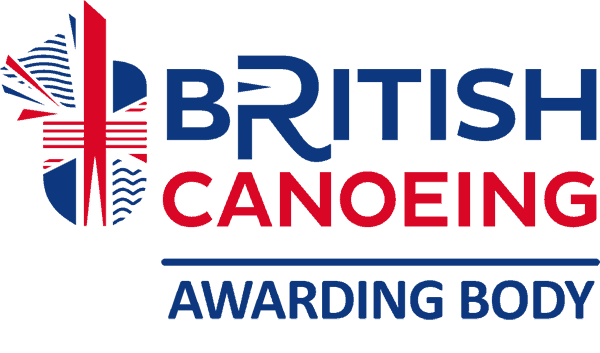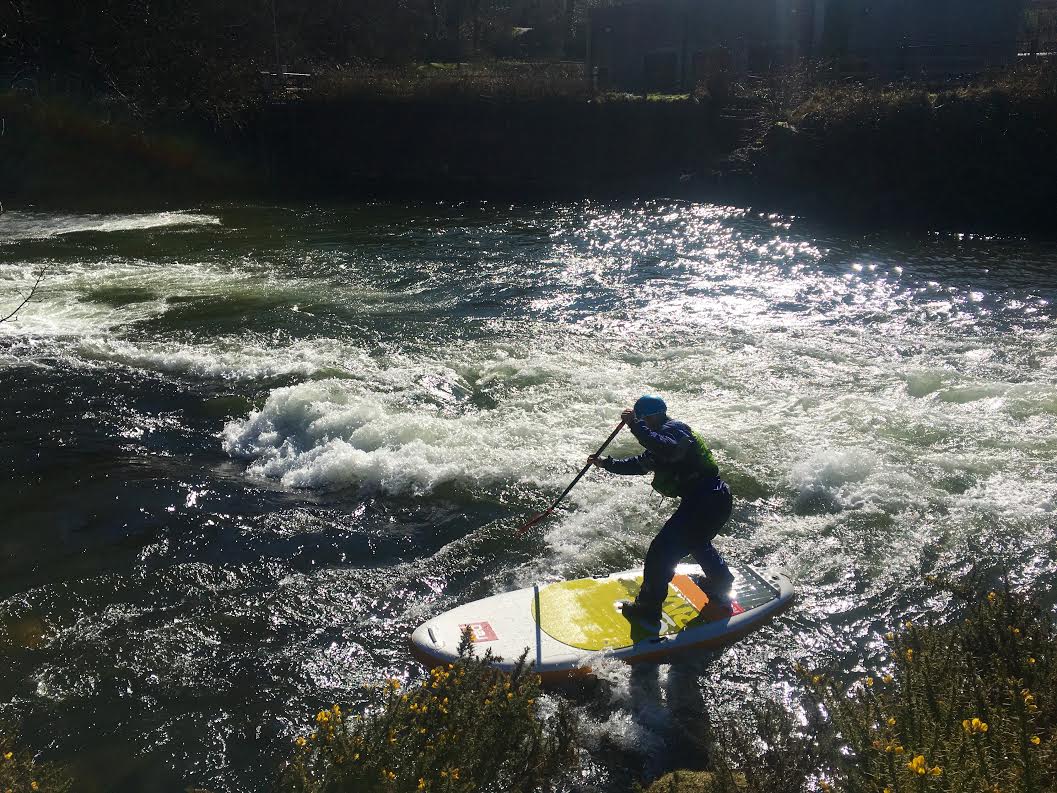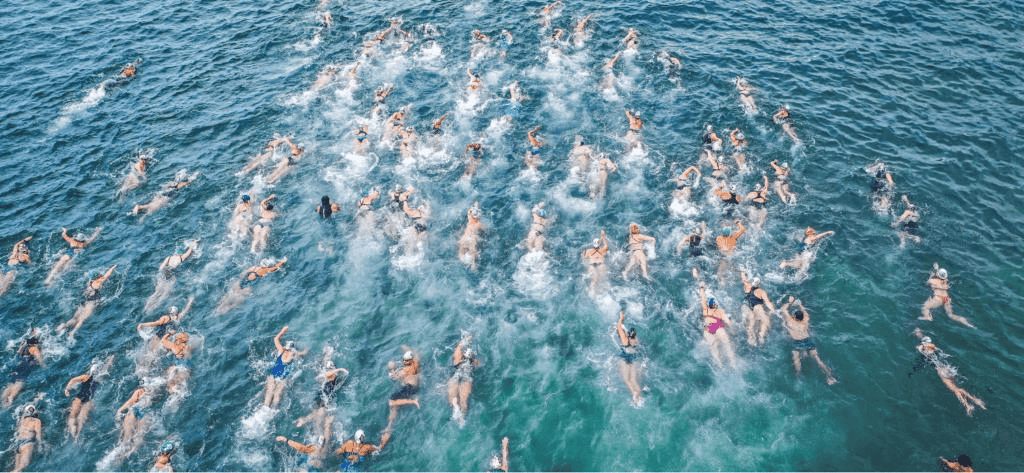The following resources have been created to support you in the development of your safety skills. The list below is a great starting point, check out the Digital Library for more specific resources.
 Why we paddle and the decisions we make (8.8 MiB, 390 hits)
Why we paddle and the decisions we make (8.8 MiB, 390 hits)
 Using Throwlines in a Sheltered Water Environment (24.1 MiB, 951 hits)
Using Throwlines in a Sheltered Water Environment (24.1 MiB, 951 hits)
 Inland Open Water Safety and Rescue Course Support Resource (9.4 MiB, 338 hits)
Inland Open Water Safety and Rescue Course Support Resource (9.4 MiB, 338 hits)
 Safety and Rescue in a Sheltered Water Environment Support Resource (32.6 MiB, 649 hits)
Safety and Rescue in a Sheltered Water Environment Support Resource (32.6 MiB, 649 hits)
 White Water Hazards and Features (26.3 MiB, 543 hits)
White Water Hazards and Features (26.3 MiB, 543 hits)
 Introduction to White Water Safety (15.4 MiB, 377 hits)
Introduction to White Water Safety (15.4 MiB, 377 hits)
 White Water Safety and Rescue Support Resource (17.0 MiB, 526 hits)
White Water Safety and Rescue Support Resource (17.0 MiB, 526 hits)
 Advanced White Water Safety & Rescue Support Resource (11.1 MiB, 166 hits)
Advanced White Water Safety & Rescue Support Resource (11.1 MiB, 166 hits)
Rescue Videos
The videos within this section is not exhaustive but a selection of options paddlers can use.
Sheltered Water Bank-Based Rescues
Sheltered Water Open Canoe Rescues
Sheltered Water Mixed Craft Rescues
Coaching from the bank guidance
 Bank based coaching from a bike (129.8 KiB, 262 hits)
Bank based coaching from a bike (129.8 KiB, 262 hits)
 Coaching Freestyle from the bank (8.2 MiB, 232 hits)
Coaching Freestyle from the bank (8.2 MiB, 232 hits)
 Ten top tips to consider when supervising pool sessions (4.6 MiB, 442 hits)
Ten top tips to consider when supervising pool sessions (4.6 MiB, 442 hits)
 Coaching from the bank in Slalom (11.9 MiB, 246 hits)
Coaching from the bank in Slalom (11.9 MiB, 246 hits)
 Coaching from the Beach (4.3 MiB, 249 hits)
Coaching from the Beach (4.3 MiB, 249 hits)
 Top tips for coaching white water from the bank (6.9 MiB, 334 hits)
Top tips for coaching white water from the bank (6.9 MiB, 334 hits)
 Coaching Canoe Polo from the Bank (2.7 MiB, 329 hits)
Coaching Canoe Polo from the Bank (2.7 MiB, 329 hits)
 Top tips for bank based coaching wild water racing (3.4 MiB, 199 hits)
Top tips for bank based coaching wild water racing (3.4 MiB, 199 hits)



